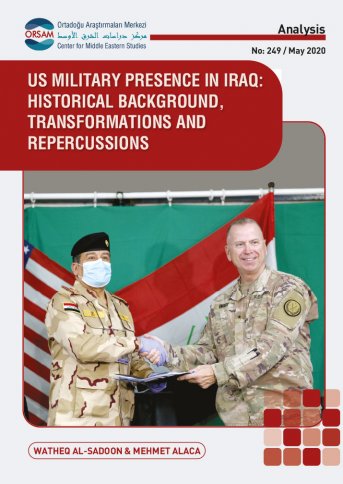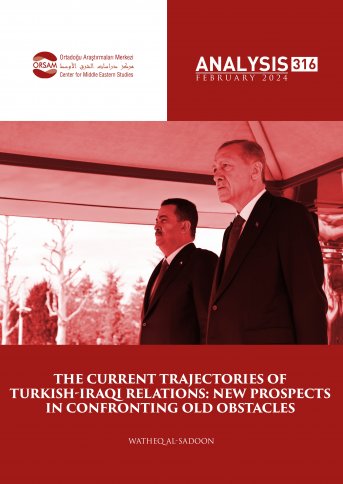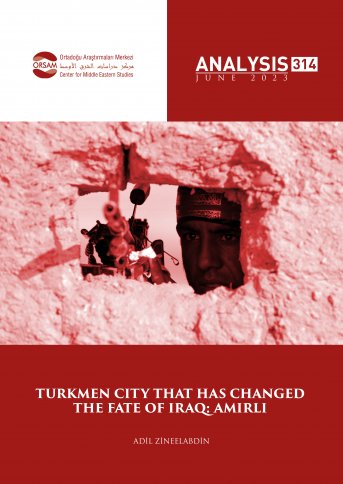
US Military Presence in Iraq: Historical Background, Transformations and Repercussions
The military presence of the US (United States) in Iraq has experienced various transformations by passing through many phases parallel to the political and military developments in Iraq and in the region since 2003. The military presence of the USA in Iraq, which has been on the agenda for a long time, entered a new phase after the killing of the commander of the Qods Force of Iran’s Islamic Revolutionary Guards Corps (IRGC), Qassem Soleimani, and deputy chief of the Popular Mobilization Forces (PMF), also known as the Hashd al-Shaabi militia group, Abu Mahdi al-Muhandis, on the 3rd of January in Baghdad. While the Iran-backed Shiite militia groups and Iraq increased their threats towards the American military presence in the country, following the assassination of Soleimani and Muhandis, the US responded to this threat by using its military deterrence. Shiite militia groups close to Iran are to be blamed for the killing of American soldiers in the attack made on the 11th of March in Baghdad upon the Taji Military Base where the US soldiers were deployed. The US killed scores of militias by making air attacks on the bases and warehouses of the Kata’ib Hezbollah militia group, which is an Iraqi militia group known for its sympathy to Iran. In this process, where new militia groups considered to be close to Iran came into existence, the US gave an unexpected decision and withdrew from many military bases where it was deployed in Iraq and left the control of the bases to the Iraqi army. However, following the assassination of Soleimani, by deploying anti-aircraft missiles (the Patriot Air Defense System) to the Ain al-Assad Military Base in Anbar and to the Harir Base in Erbil, the US gave the message that it would not completely withdraw from the country.
Many probabilities and perspectives are being discussed with respect to the background of the decision the US took to withdraw from military bases. The new phase of the military presence of the USA in Iraq, which has gone through many transformations since 2003, has the capacity to influence the internal dynamics of Iraq as well as the regional equation. At this point, it seems useful to examine the existing situation and future of the military presence of the US in Iraq within the historical process for analyzing the direction in which the future of Iraq and the region will evolve. Thus, this study consists of three sections addressing the military presence of the USA in Iraq and discussing the last withdrawal decision given by the Pentagon, which is a strategic maneuver. While the first section will approach the historical background of US military presence in Iraq, the second section will evaluate the transformation of the military presence of the US in Iraq under the titles of Iraq delusion, territorial dominance, the alliance against ISIS and progressive intimidation phases. The third section will discuss the presence of the US in the country, which has been retransformed together with the attack made upon the Taji Base and the repercussions it has on Iraq and the region.







